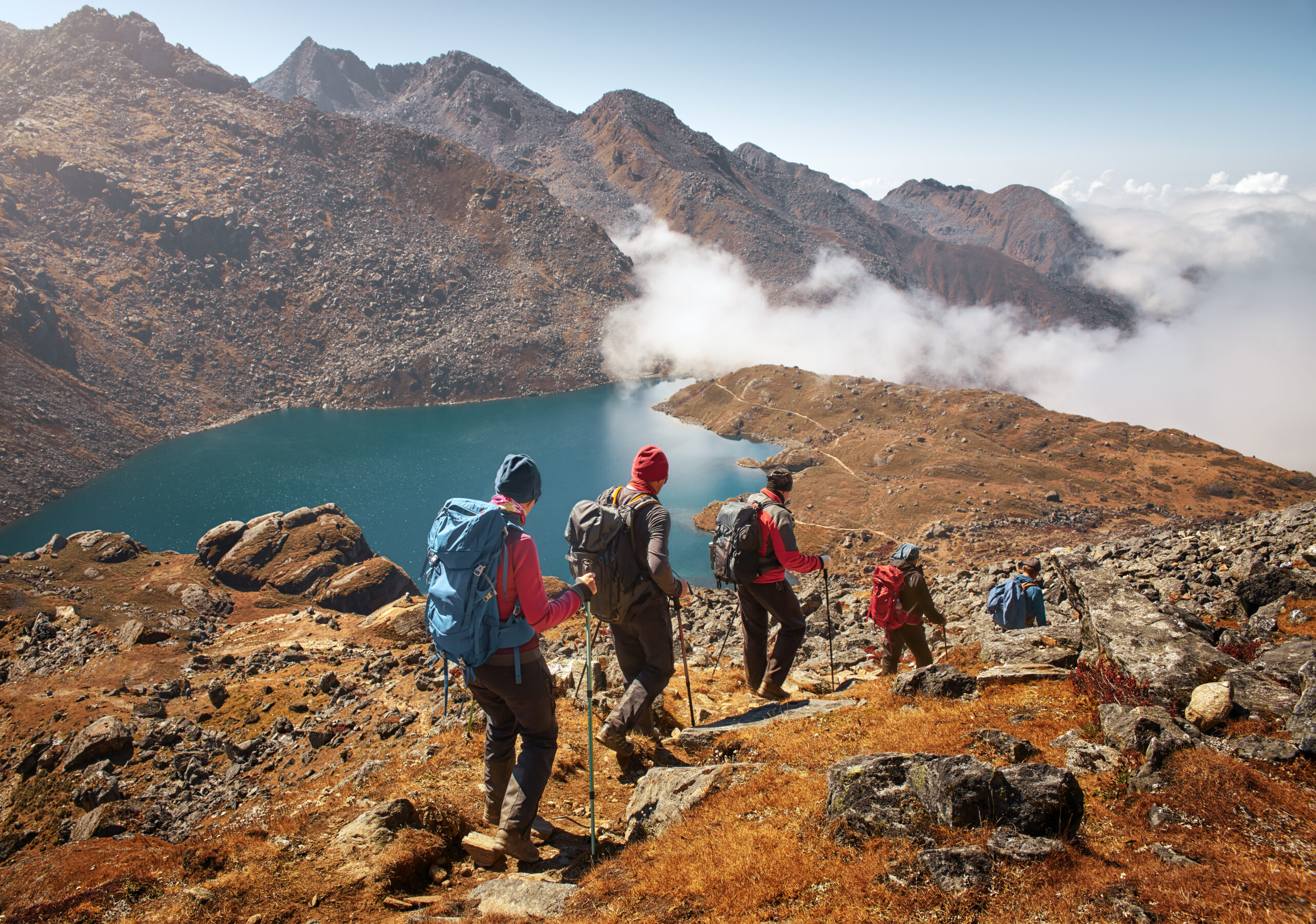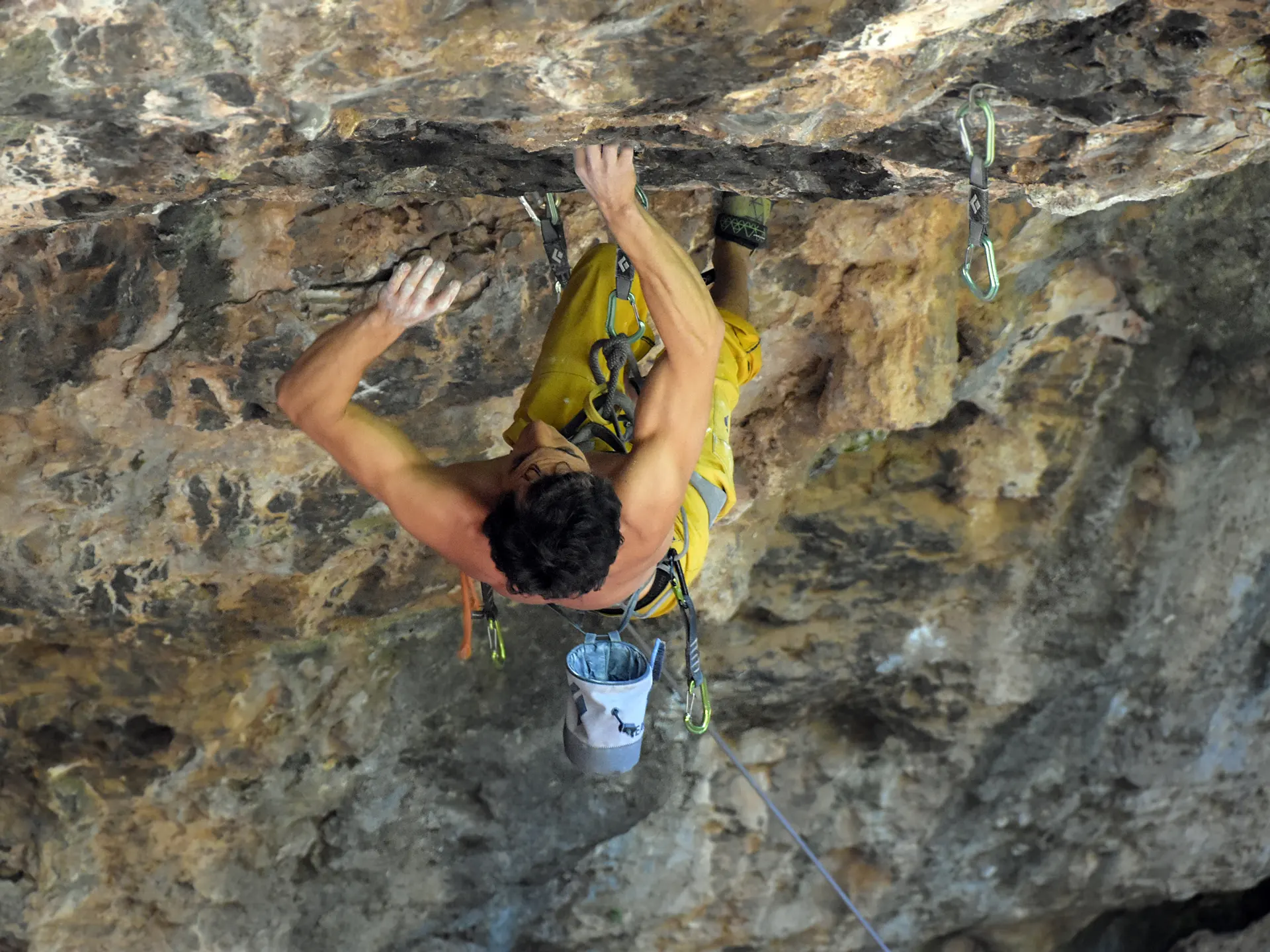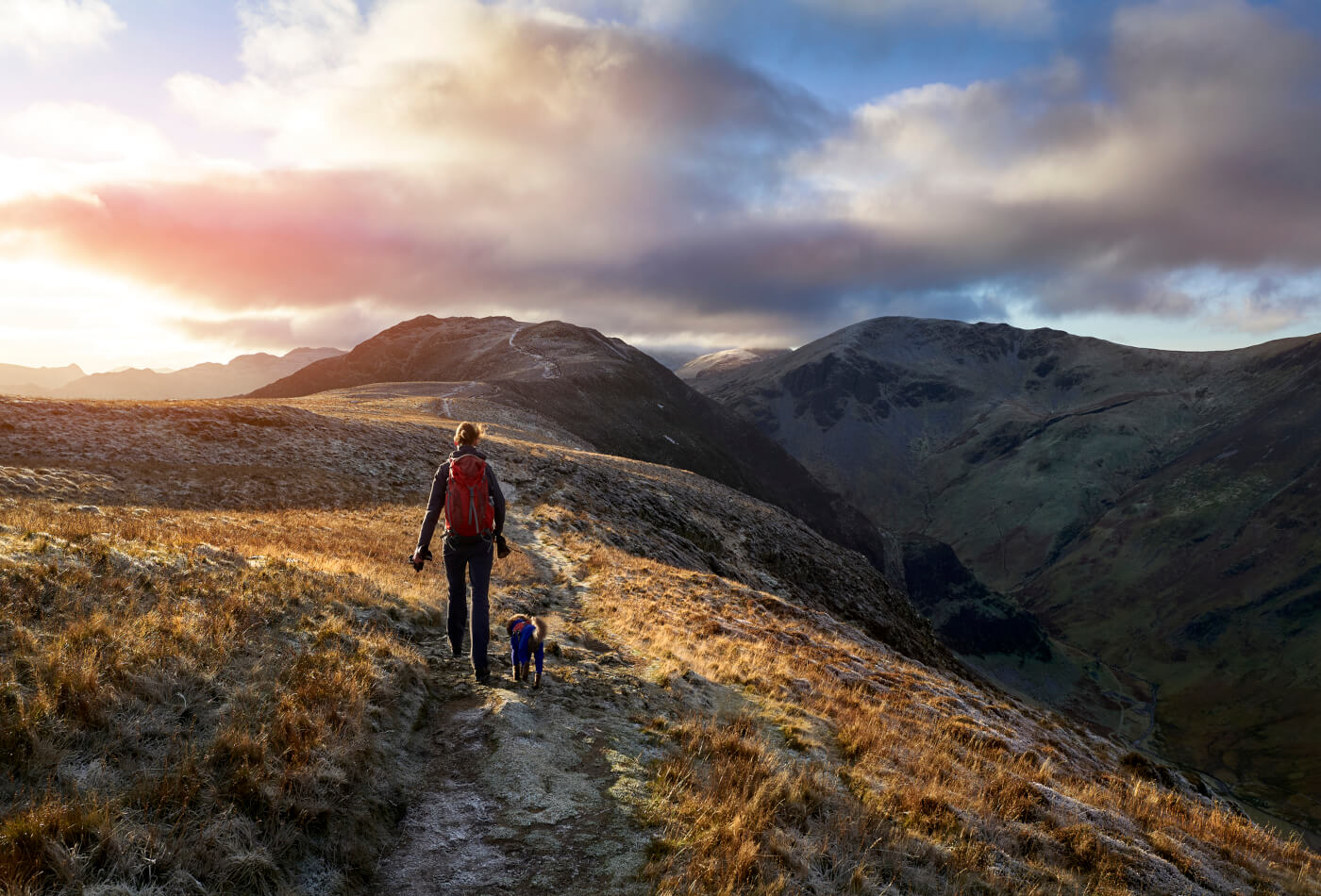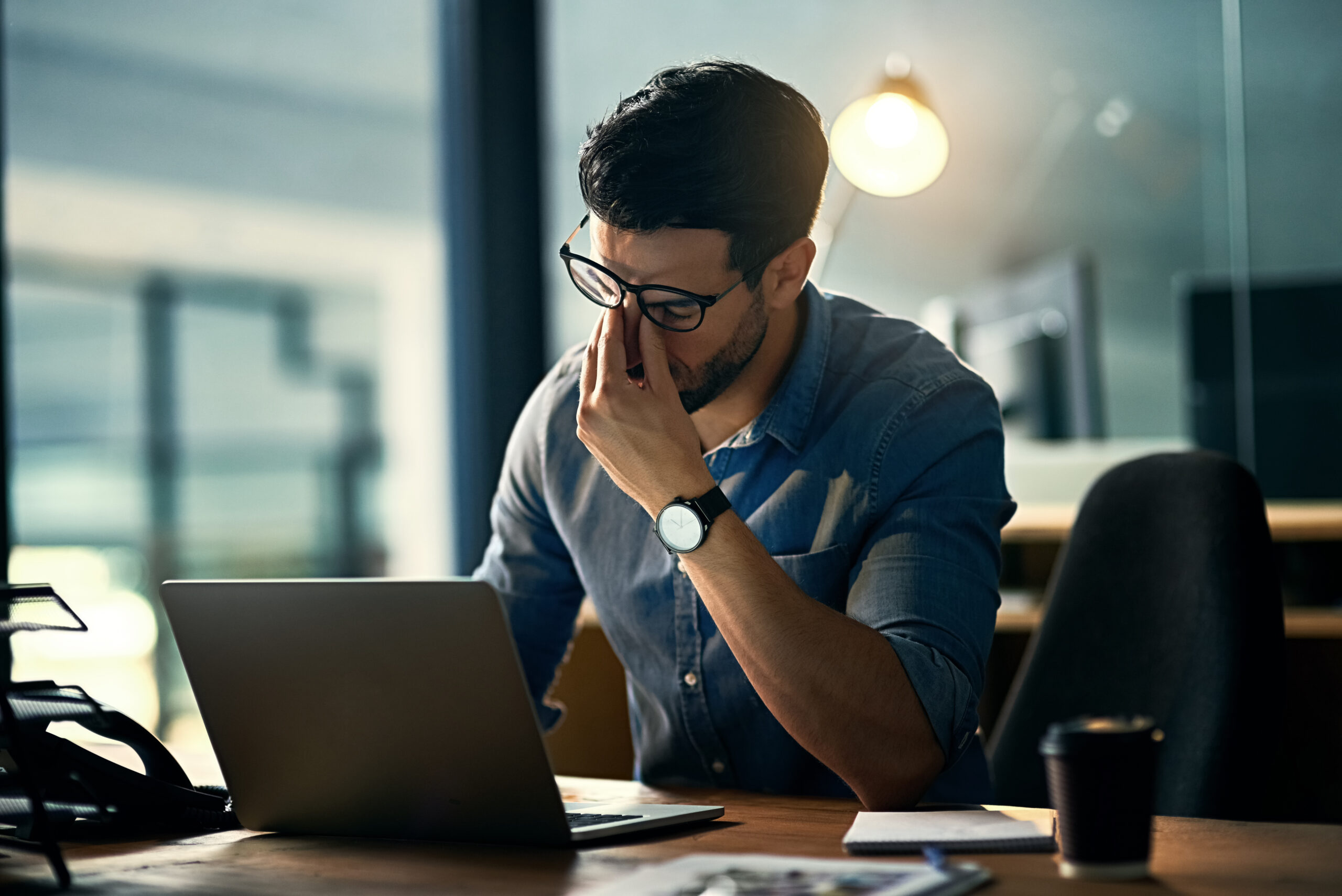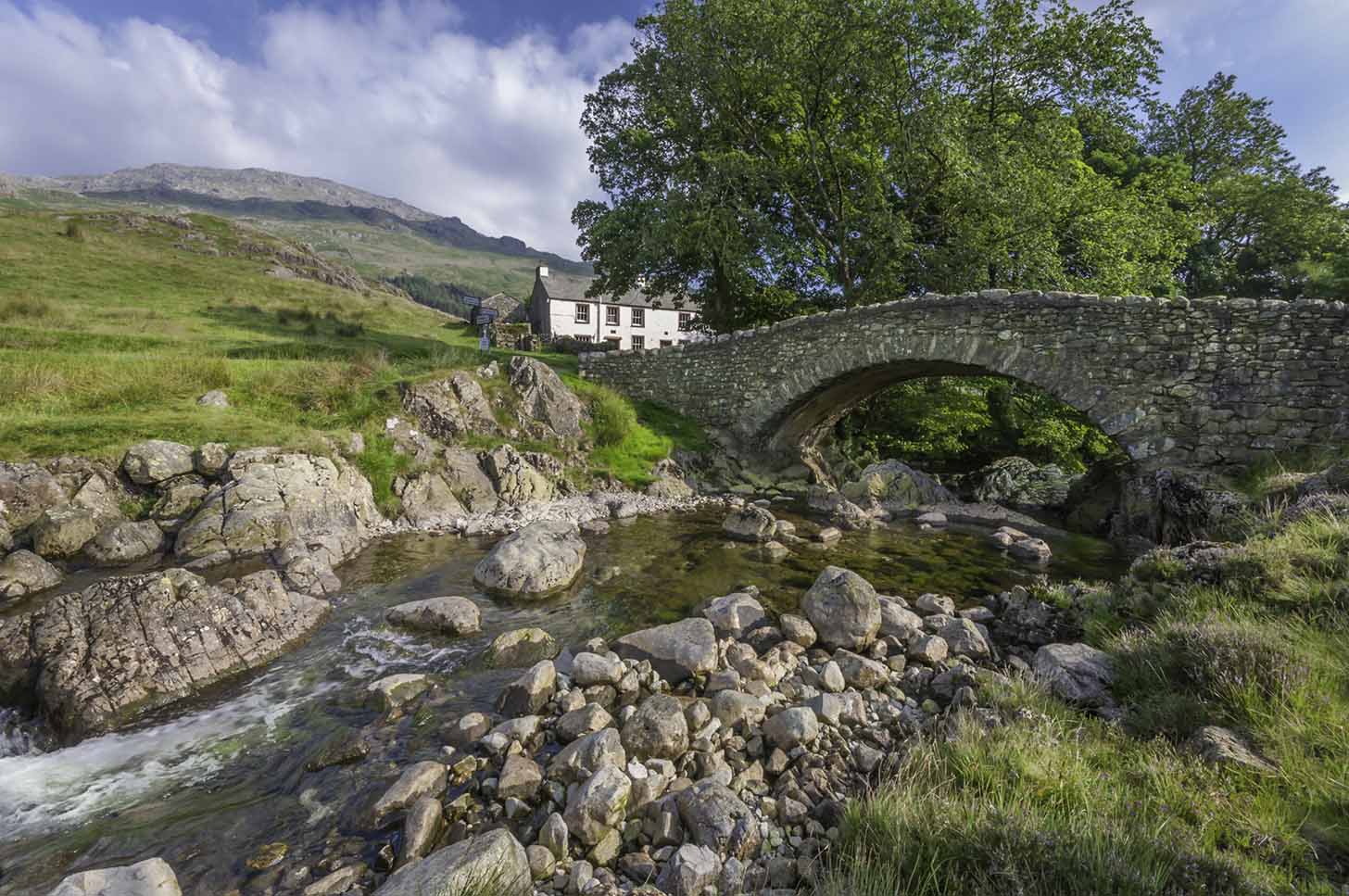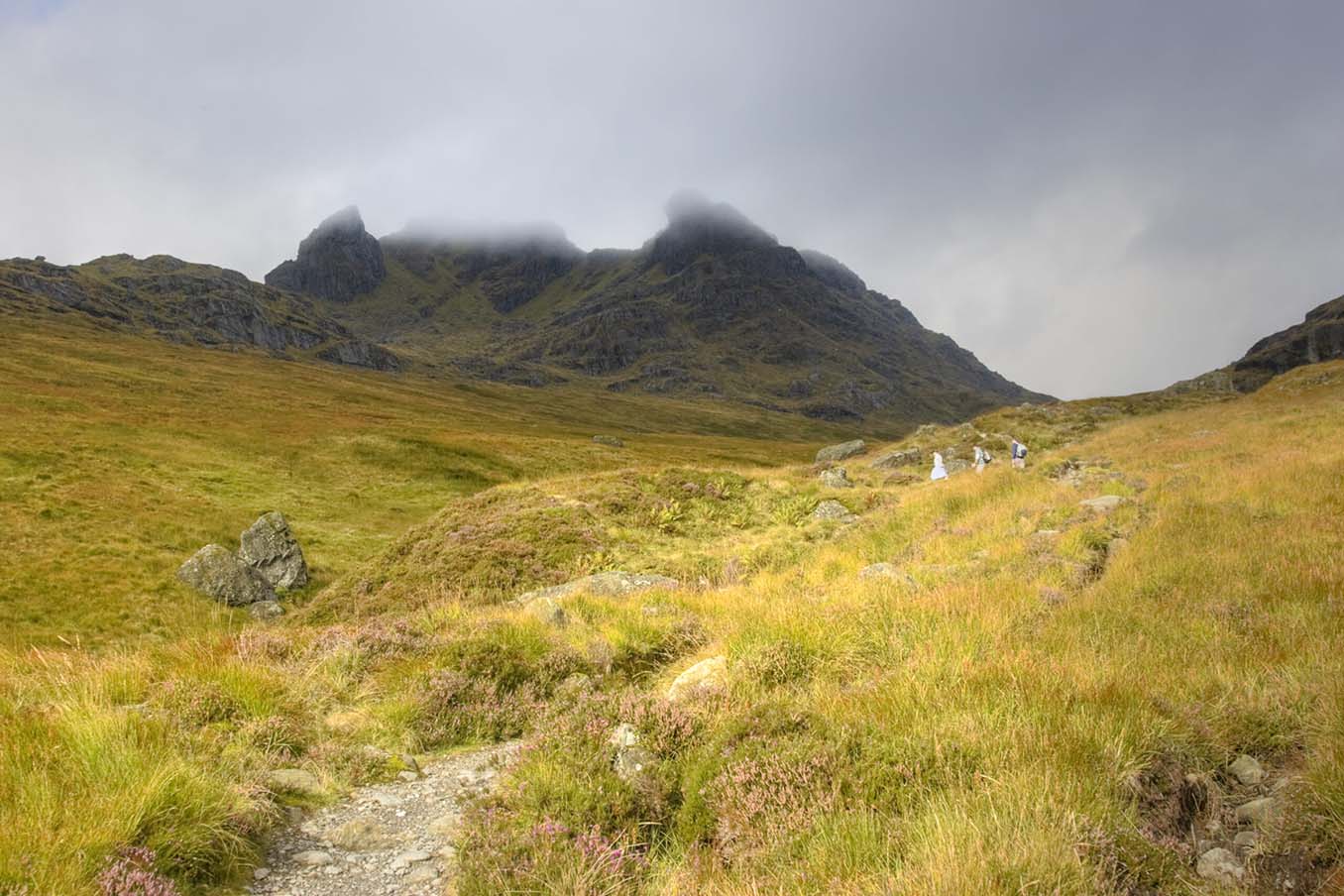I was recently introduced to a technique, known as progressive muscle relaxation (PMR). On the face of it, it seems like a reasonably simple yet powerful tool for combating stress, particularly when you notice muscle tension as a primary symptom of your stress.
Many of us, without even realising it, manifest our stress physically. It could be through clenching our jaw, tensing our shoulders, or experiencing an overall sense of muscle bracing. If these symptoms sound familiar to you, then PMR might just be the stress-relief practice you’ve been looking for.
The Beauty of Progressive Muscle Relaxation
Progressive muscle relaxation is as versatile as it is beneficial. It’s a technique that can be seamlessly integrated into your evening routine to ease tension from your body or practiced throughout the day whenever you find a moment of peace, perhaps during an outdoor activity, sitting on the side of a mountain or waterfall, taking in a breathtaking view, or sat at your desk between meetings.
The essence of PMR lies in deliberately tensing specific muscle groups, then releasing that tension. This intentional act allows you to become acutely aware of the contrast between the sensations of tension and relaxation. It’s an exercise in mindfulness that can bring profound relaxation not just to the body, but to the mind as well.
How to Practice Progressive Muscle Relaxation
While PMR can be practiced in various positions, starting in a comfortable, lying-down position seems to be preferred, especially for beginners like me. Imagine finding a quiet, scenic spot amidst your outdoor adventures, such as the waterfalls on Snowdon’s Watkins Path, Tarn Hows in the Lake District, or looking over the 3-sisters in Glencoe, where you can sit back, close your eyes, and breathe in the fresh air. Then follow my dummies guide below.
- Begin with a few deep breaths, inhaling slowly through your nose and exhaling gently. If you’re familiar with box breathing techniques (4 seconds in, hold 4 seconds, breath out 4 seconds, hold 4 seconds), they can be an excellent way to kickstart the relaxation process.
- Start with the Toes: Tense your toes for five seconds, then release. Pay close attention to the feeling of releasing that tension, and allow yourself to revel in the sensation of relaxation that follows.
- Work Your Way Up: Gradually move through your body, from your feet to your calves, knees, and upwards, tensing each muscle group for five seconds before releasing. As you do this, notice the stark contrast between tension and relaxation.
- Include Your Facial Muscles: Don’t forget to include your facial muscles, culminating in tensing your eyes before releasing. This can be a remarkably refreshing experience, especially after a day spent outdoors.
- Conclude with Deep Breathing: Once you’ve worked your way from toes to eyes, finish with some deep, controlled breathing, focusing on using your abdomen. This helps solidify the state of relaxation you’ve cultivated.
Progressive Muscle Relaxation Anywhere, Anytime
While the serene backdrop of hills and natural landscapes can significantly enhance the experience of PMR, the beauty of this technique lies in its adaptability. From my research, PMR can be applied to specific parts of your body, such as your hands, allowing you to access this tool of relaxation wherever you are, whether standing atop a hill, sitting beside a tranquil lake, or at your desk in the office
The Takeaway
Progressive muscle relaxation is not just an exercise; it’s a technique for deeper self-awareness and a testament to the power of our own bodies to foster relaxation and combat stress. It’s particularly effective for those of us who carry the weight of our worries in our muscles, offering a pathway to release that tension and embrace a state of somatic relaxation.
Give it a go on one of your outdoor adventures or during your daily grind.
Remember, this is just one of the many strategies we’ll explore together in our quest to manage stress and enhance our connection with the natural world. Stay tuned for more insights and techniques that will guide us on this path.
If you have any questions or would like to share your experiences with progressive muscle relaxation, I’m all ears. Here’s to finding peace, both within us and in the great outdoors.

